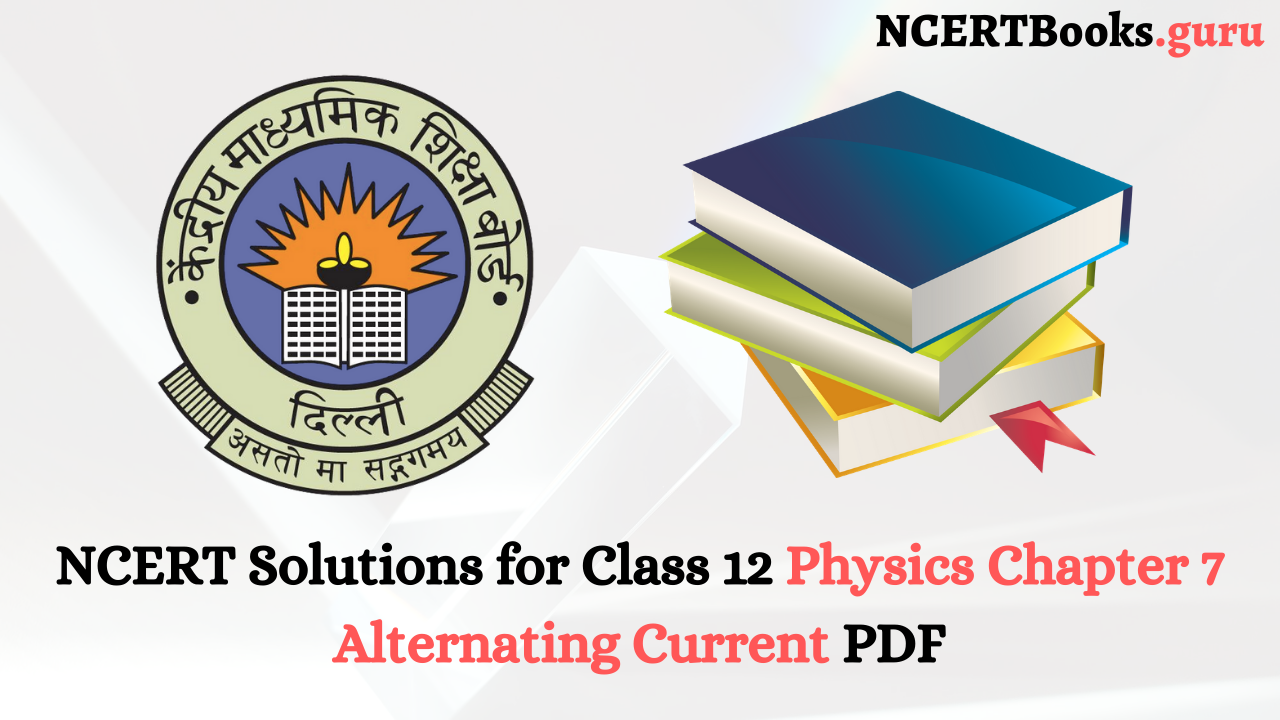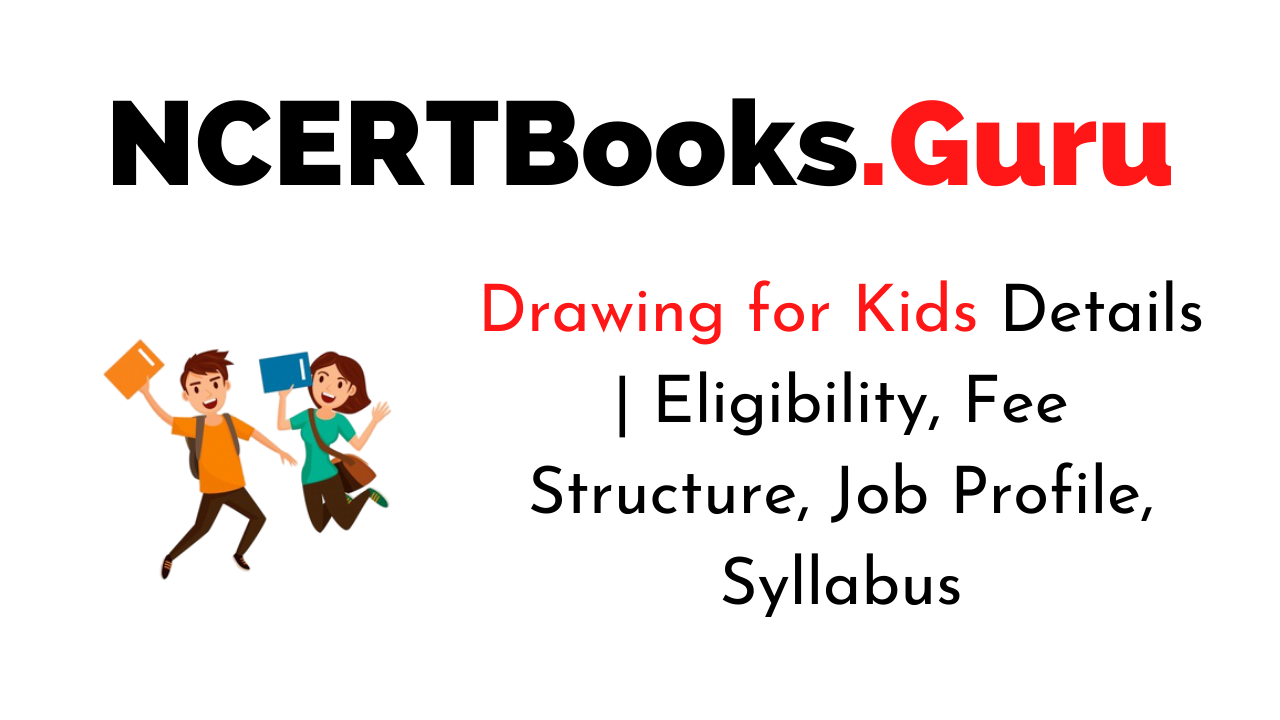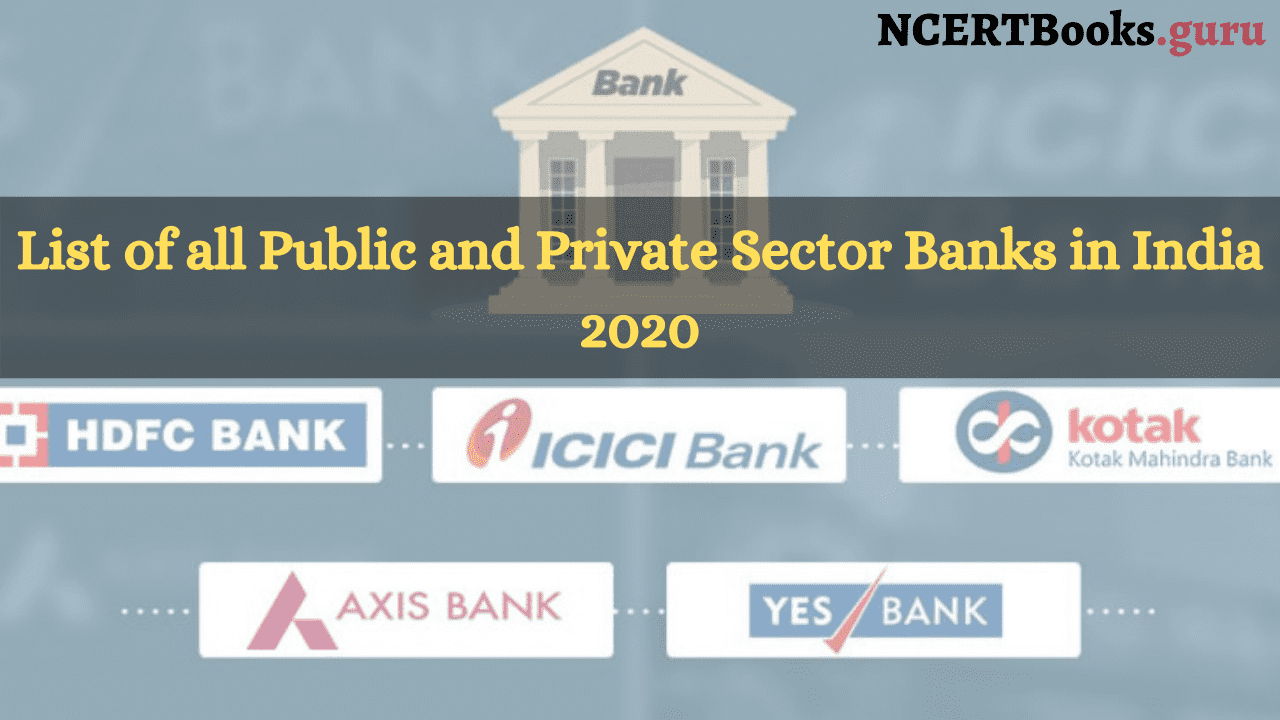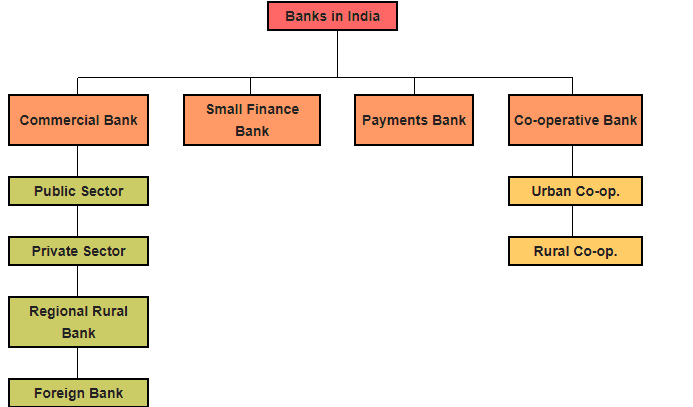We have given detailed NCERT Solutions for Class 8 Sanskrit Ruchira Chapter 8 संसारसागरस्य नायकाः Questions and Answers will cover all exercises given at the end of the chapter.
NCERT Solutions for Class 8 Sanskrit Ruchira Chapter 8 संसारसागरस्य नायकाः
अभ्यासः
प्रश्न 1.
एकपदेन उत्तरत-
(क) कस्य राज्यस्य भागेषु गजधरः शब्दः प्रयुज्यते?
उत्तरम्:
राजस्थानस्य।
(ख) गजपरिमाणं कः धारयति?
उत्तरम्:
गजधरः।
(ग) कार्यसमाप्तौ चेतनानि अतिरिच्य गजधरेभ्यः किं प्रदीयते स्म?
उत्तरम्:
सम्मानम्।
(घ) के शिल्पिरूपेण न समादृताः भवन्ति?
उत्तरम्:
गजधरा:।
प्रश्न 2.
अधोलिखितानां प्रश्नानामुत्तराणि लिखत-
(क) तडागाः कुत्र निर्मीयन्ते स्म?
उत्तरम्:
तडागाः सम्पूर्ण देशे निर्मीयन्ते स्म।
(ख) गजधराः कस्मिन् रूपे परिचिताः?
उत्तरम्:
गजधराः वास्तुकाराणां रूपे परिचिताः।
(ग) गजधराः किं कुर्वन्ति स्म?
उत्तरम्:
गजधराः नगरनियोजनात् लघुनिर्माणपर्यन्तं सर्वाणि कार्याणि कुर्वन्ति स्म।
(घ) के सम्माननीया:?
उत्तरम्:
गजधराः सम्माननीयाः।
प्रश्न 3.
रेखाङ्कितानि पदानि आधुत्य प्रश्न निर्माणं कुरुत-
(क) सुरक्षाप्रबन्धनस्य दायित्वं गजधराः निभालयन्ति स्म।
उत्तरम्:
कस्य दायित्वं गजधराः निभालयन्ति स्म?
(ख) तेषां स्वामिनः असमर्थाः सन्ति।
उत्तरम्:
केषां स्वामिनः असमर्थाः सन्ति?
(ग) कार्यसमाप्तौ वेतनानि अतिरिच्य सम्मानमपि प्राप्नुवन्ति।
उत्तरम्:
कार्यसमाप्तौ कानि अतिरिच्य सम्मानपमपि प्राप्नुवन्ति?
(घ) गजधरः सुन्दरः शब्दः अस्ति।
उत्तरम्:
कः सुन्दरः शब्दः अस्ति?
(ङ) तडागाः संसारसागराः कथ्यन्ते।
उत्तरम्:
के संसारसागराः कथ्यन्ते?
प्रश्न 4.
अधोलिखितेषु यथापेक्षितं सन्धि विच्छेदं कुरुत-
(क) अद्य + अपि = ___________
(ख) ___________ + ___________ = स्मरणार्थम्
(ग) इति + अस्मिन् = ___________
(घ) ___________ + ___________ = एतेष्वेव
(ङ) सहसा + एव = ___________
उत्तरम्:
(क) अद्य + अपि = अद्यापि
(ख) स्मरण + अर्थम् = स्मरणार्थम्
(ग) इति + अस्मिन् = इत्यस्मिन्
(घ) एतेषु + एव = एतेष्वेव
(ङ) सहसा + एव = सहसैव
प्रश्न 5.
मञ्जूषातः समुचितानि पदानि चित्वा रिक्तस्थानानि पूरयत-
![]()
(क) छात्राः पुस्तकानि ________ विद्यालयं गच्छन्ति।
(ख) मालाकाराः पुष्पैः मालाः ________।
(ग) मम मनसि एका ________ वर्तते।
(घ) रमेशः मित्रैः ________ विद्यालयं गच्छति।
(ङ) ________ बालिका तत्र अहसत।
उत्तरम्:
(क) छात्रा: पुस्तकानि गृहीत्वा विद्यालयं गच्छन्ति।
(ख) मालाकाराः पुष्पैः माला: रचयन्ति।
(ग) मम मनसि एका जिज्ञासा वर्तते।
(घ) रमेशः मित्रैः सह विद्यालयं गच्छति।
(ङ) सहसा बालिका तत्र अहसत।
प्रश्न 6.
पदनिर्माणं कुरुत-
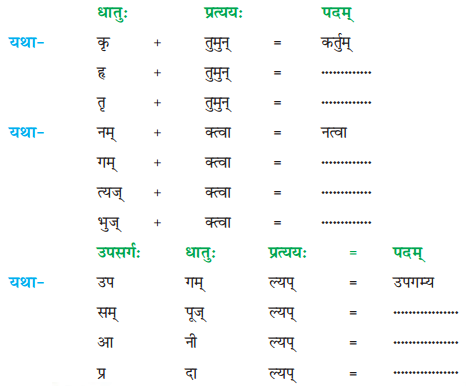
उत्तरम्:
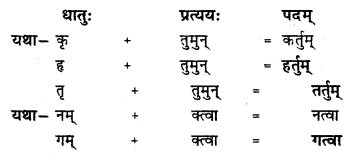
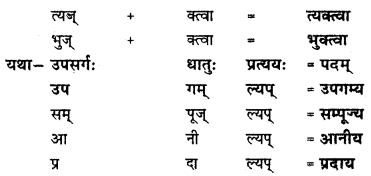
प्रश्न 7.
कोष्ठकेषु दत्तेषु शब्देषु समुचितां विभक्तिं योजयित्वा रिक्तस्थानानि पूरयत-
यथा- विद्यालयं परितः वृक्षाः सन्ति। (विद्यालय)
(क) ________ उभयतः ग्रामाः सन्ति। (ग्राम)
(ख) ________ सर्वत: अट्टालिकाः सन्ति। (नगर)
(ग) धिक् ________। (कापुरुष)
यथा- मृगाः मृगैः सह धावन्ति। (मृग)
(क) बालकाः ________ सह पठन्ति। (बालिका)
(ख) पुत्रः ________ सह आपणं गच्छति। (पितृ)
(ग) शिशुः ________ सह क्रीडति। (मातृ)
उत्तरम्:
यथा- विद्यालयं परितः वृक्षाः सन्ति। (विद्यालय)
(क) ग्रामम् उभयतः ग्रामाः सन्ति। (ग्राम)
(ख) नगरं सर्वतः अट्टालिकाः सन्ति। (नगर)
(ग) धिक् कापुरुषम्। (कापुरुष)
यथा- मृगाः मृगैः सह धावन्ति। (मृग)
(क) बालका: बालिकाभिः सह पठन्ति। (बालिका)
(ख) पुत्रः पित्रा सह आपणं गच्छति। (पितृ)
(ग) शिशुः मात्रा सह क्रीडति। (मातृ)
योग्यता-विस्तारः
अनुपम मिश्र- जल संरक्षण के पारंपरिक ज्ञान को समाज के सामने लाने का श्रेय जिन लोगों को है श्री अनुपम मिश्र (जन्म 1948) उनमें अग्रगण्य हैं। ‘आज भी खरे हैं तालाब’ और ‘राजस्थान की रजत बूंदें’ पानी पर उनकी बहुप्रशंसित पुस्तकें हैं।
भाषा-विस्तारः
कारक
सामान्य रूप से दो प्रकार की विभक्तियाँ होती हैं-
- कारक विभक्ति
- उपपद विभक्ति।
कारक चिह्नों के आधार पर जहाँ पदों का प्रयोग होता है उसे कारक विभक्ति कहते हैं। किन्तु किन्हीं विशेष पदों के कारण जहाँ कारक चिह्नों की उपेक्षा कर किसी विशेष विभक्ति का प्रयोग होता है उसे उपपद विभक्ति कहते हैं, जैसे-
‘सर्वतः अभितः, परितः, धिक्’ आदि पदों के योग में द्वितीया विभक्ति होती है।
उदा-
(क) विद्यालय परितः पुष्पाणि सन्ति।
(ख) धिक् देशद्रोहिणम्।
‘सह, साकम्, सार्द्धम्, समं’ के योग में तृतीया विभक्ति होती है।
उदा-
(क) जनकेन सह पुत्रः गतः।
(ख) दुर्जनेन समं सख्यम्।
‘नमः, स्वस्ति, स्वाहा, स्वधा’ के योग में चतुर्थी विभक्ति प्रयुक्त होती है-
उदा-
(क) देशभक्ताय नमः।
(ख) नमः एतादृशेभ्यः शिल्पिभ्यः।
(ग) जनेभ्य: स्वस्ति।
‘अलम्’ शब्द के दो अर्थ हैं-पर्याप्त एवं मत (वारण के अर्थ में)। पर्याप्त के अर्थ में चतुर्थी विभक्ति होती है जैसे-देशद्रोहिणे अलं देशरक्षकाः।
मना करने के अर्थ में तृतीया विभक्ति होती है, जैसे- अलं विवादेन।
विना के योग में द्वितीया, तृतीया एवं पञ्चमी विभक्तियाँ होती हैं, जैसे-परिश्रम/परिश्रमेण/परिश्रमात् विना न गतिः।
निम्नलिखित क्रियाओं के एकवचन बनाने का प्रयास करेंआकलयन्ति, संगृह्णन्ति, प्रस्तुन्वन्ति।
जिज्ञासा-जानने की इच्छा। इसी प्रकार के अन्य शब्द हैं- पिपासा, जिग्मिषा, विवक्षा, बुभुक्षा।
भाव-विस्तारः
अगर हम ध्यान से देखें तो हमारे चारों तरफ ज्ञान एवं कौशल के विविध रूप दिखाई देते हैं। इसमें कुछ ज्ञान और कौशल फलते-फूलते हैं और कई निरंतर क्षीण होते हैं। इसके कई उदाहरण हमारे सामने हैं। पानी का व्यवस्थापन संरक्षण और खेती-बाड़ी का पारंपरिक तौर-तरीका, शिल्प तथा कारीगरी का ज्ञान दुर्लभ और विलुप्त होने के कगार पर है। वहीं अभियान्त्रिकी एवं संचार से संबंधित ज्ञान नए उभार पर हैं। दरअसल किस तरह का ज्ञान और कौशल आगे विकसित और प्रगुणित होगा और किस तरह का ज्ञान एवं कौशल पिछड़ेगा, विलुप्त होने के लिए विवश होगा यह इस बात पर निर्भर करता है कि देश और समाज किस तरह के ज्ञान एवं कौशल के विकास में अपना भविष्य सुरक्षित एवं सुखमय मानता है।
परियोजना-कार्यम्
आने वाली छुट्टियों में अपने आस-पास के क्षेत्र के उन पारंपरिक ज्ञान एवं कौशलों का पता लगाएँ जिनका स्थान समाज में अब निरंतर घट रहा है। उन्हें कोई उचित प्रोत्साहन नहीं मिल रहा है या वे विलुप्त होने के कगार पर हैं। उनकी एक सूची भी तैयार करें और उनके लिए प्रयुक्त होने वाले संस्कृत शब्द लिखें। अपने और अपने मित्रों द्वारा तैयार की गई अलग-अलग सूचियों को सामने रखते हुए इन पारंपरिक कौशलों के विलुप्त होने के कारणों का पता लगाएँ।
Class 8 Sanskrit Chapter 8 संसारसागरस्य नायकाः Summary
पाठ-परिचयः
जल संरक्षण पर कार्य करने वालों में श्री अनुपम मिश्र (जन्म 1948) का नाम बड़े आदर से लिया जाता है। आपकी रचनओं में तालाबों पर एक प्रमुख कृति है-“आज भी खरे हैं तालाब”। प्रस्तुत पाठ इसी रचना के ‘संसार सागर के नायक’ नामक अध्याय से लिया गया है। इसमें विलुप्त होते जा रहे पारम्परिक ज्ञान, कौशल एवं शिल्प के धनी गजधर क सम्बन्ध में चर्चा की गयी है। पानी के लिए मानव निर्मित तालाब, बावड़ी जैसे निर्माणों को लेखक ने यहाँ संसार सागर के रूप में चित्रित किया है। लेखक का कार्य अत्यधिक सराहनीय है।
मूलपाठः
के आसन् ते अज्ञातनामानः?
शतशः सहस्त्रशः तडागाः सहसैव शून्यात् न प्रकटीभूताः।
इमे एव तडागाः, अत्र संसारसागराः इति। एतेषाम् आयो जनस्य नेपथ्ये निर्मापयितृणाम् एककम्, निर्मातीि च दशकम् आसीत्। एतत् एककं दशकं च आहत्य शतकं सहस्रं वा रचयतः स्म। परं विगतेषु द्विशतवणेषु नूतनपद्धत्या समाजेन यत्किञ्चित् पठितम्। पठितेन तेन समाजेन एककं दशक सहस्त्रकञ्च इत्येतानि शून्ये एव परिवर्तितानि। अस्य नूतनसमाजस्य मनसि इयमपि जिज्ञासा नैव उद्भता यद् अस्मात्पूर्वम् एतावतः तडागान् के रचयन्ति स्म? एतादृशानि कार्याणि कर्तुं ज्ञानस्य यो नूतनः प्रविधिः विकसितः, तेन प्रविधिनाऽपि पूर्व सम्पादितम् एतत्कार्यं मापयितुं न केनापि प्रयतितम्।
अद्य ये अज्ञातनामानः वर्तन्ते, पुरा ते बहुप्रथिताः आसन्। अशेषे हि देशे तडागाः निर्मीयन्ते स्म, निर्मातारोऽपि अशेषे देशे निवसन्ति स्म।
गजधरः इति सुन्दरः शब्दः तडागनिर्मातीि सादरं स्मरणार्थम्। राजस्थानस्य केषुचिद भागेषु शब्दोऽयम् अद्यापि प्रचलति। कः गजधरः? यः गजपरिमाणं धारयति स गजधरः। गजपरिमाणम् एव मापनकार्ये उपयुज्यते। समाजे त्रिहस्त परिमाणात्मिकीं लौहयष्टिं हस्ते गृहीत्वा चलन्तः गजधराः इदानीं शिल्पिरूपेण नैव समादृताः सन्ति। गजधरः, यः समाजस्य गाम्भीर्य मापयेत् इत्यस्मिन् रूपे परिचितः।
गजधराः वास्तुकाराः आसन्। कामं ग्रामीणसमाजो भवतु नागरसमाजो वा तस्य नव-निर्माणस्य सुरक्षाप्रबन्धनस्य च दायित्वं गजधराः निभालयन्ति स्म। नगरनियोजनात् लघुनिर्माणपर्यन्तं सर्वाणि कार्याणि एतेष्वेव आधृतानि आसन्। ते योजना प्रस्तुन्वन्नि स्म, भाविव्ययम् आकलयन्ति स्म, उपकरणभारान् संगृहन्ति स्म। प्रतिदाने ते न तद् याचन्ते स्म यद् दातुं तेषां स्वामिनः असमर्थाः भवेयुः। कार्यसमाप्ती वेतनानि अतिरिच्य गजधरेभ्यः सम्मानमपि प्रदीयते स्म।
नमः एतादृशेभ्यः शिल्पिभ्यः।
सन्धिविच्छेदः
सहसैव = सहसा + एव।
किञ्चित् = किम् + चित्।
सहस्रकञ्च = सहस्रकम् + च।
इत्येतानि = इति + एतानि।
नैव = न + एव।
यद् अस्मात् = यत् + अस्मात्।
यो नूतनः = यः + नूतनः।
प्रविधिनाऽपि = प्रविधिना + अपि।
केनापि = केन + अपि।
निर्मितारोऽपि = निर्मितार: + अपि।
स्मरणार्थम् = स्मरण + अर्थम्।
केषुचिद् भागेषु = केषुचित् + भागेषु।
शब्दोऽयम् = शब्दः + अयम्।
अद्यापि = अद्य + अपि।
इत्यस्मिन् = इति + अस्मिन्।
समाजोभवतु = समाजः + भवतु।
समाजो वा = समाज: + वा।
एतेष्वेव = एतेषु + एव।
तद्याचन्ते = तत् + यान्चन्ते।
संयोगः
इयमपि = इयम् + अपि।
समादृताः = सम् + आदृताः।
सम्मानमपि = सम्मानम् + अपि।
पदार्थबोध:
सहसा = अचानक (अकस्मात्)।
तडागाः = तालाब (सरांसि)।
निर्मापयितृणाम् = बनाने वालों की (रचयितृणाम्)।
एककम् = इकाई।
सहस्रकम् = हजार (दशशतकम्)।
जिज्ञासा = जानने की इच्छा (ज्ञातुमिच्छा)।
उद्भता = उत्पन्न हुई (भूता, जाता)।
पूर्वम् = पहले (पूर्व, प्राक)।
मापयितुम् = मापने/नापने के लिए (मापनार्थम्)।
प्रयतितम् = प्रयत्न किया (प्रयतितवान्)।
बहुप्रथिताः = बहुत प्रसिद्ध (सुविख्याता:)।
अशेषे = सम्पूर्ण (सम्पूर्णे, समग्रे)।
निर्मातारः = बनाने वाले (रचयितारः)।
गजधरः = गज (वाली छड़) को धारण करने वाला (गजधारक:)।
लौहयष्टिम् = लोहे की छड़ को (अयोयष्टिम्)।
समादृताः = आदर को प्राप्त (सम्मानिताः)।
गाम्भीर्यम् = गहराई (अगाधत्वम्)।
वास्तुकाराः = राज मिस्त्री लोग (भवननिर्मातारः)।
कामम् = चाहे (नु, यद्वा)।
निभालयन्ति स्म = निभाते थे (निर्वहन्ति स्म)।
आकलयन्ति स्म = अनुमान करते थे (अनुमीयन्ते स्म)।
उपकरणसम्भारान् = साधन सामग्री को (साधनसामग्रीम्)।
प्रतिदाने = बदले में (प्रतिग्रहणे)।
अतिरिच्य = अतिरिक्त, अलावा (अन्यथा, पृथक्)।
प्रदीयते स्म = दिया जाता था (ददाति स्म)।
सरलार्थः
कौन थे वे बिना नाम वाले?
सैंकड़ों, सहस्रों (हजारों) तालाब अचानक (स्वयं) प्रकार नहीं हुए। ये तालाब ही यहाँ संसार-सागर कहे गए हैं। इनके आयोजन के नेपथ्य में निर्माण कराने वालों की इकाई (एक-एक) तथा निर्माण करने वालों की दहाई (दस-दस) थी। इस इकाई और दहाई को जोड़कर सैकड़ा या हजार रचते थे। परन्तु पिछले दो शतकों में नई रीति से समाज ने जो कुछ पढ़ा। उस पढ़ाई से समाज ने (उस) इकाई, दहाई और हज़ार को शून्य में बदल दिया।
इस नूतन समाज के मन में यह जिज्ञासा भी उत्पन्न नहीं हुई कि इससे पूर्व इतने तालाबों को कौन रचते थे? ऐसे कार्यों को करने के लिए ज्ञान की जो नई विधि विकसित हुई, उस विशेष पद्धति के द्वारा भी पहले किए गए इन कार्यों को मापने के लिए किसी ने भी प्रयास नहीं किया।
आज जो अज्ञात नाम वाले हैं, पहले वे बहुत प्रसिद्ध थे। पूरे देश में तालाब बनाए जाते थे। बनाने वाले भी पूरे देश में रहते थे।
‘गजधर’ यह सुन्दर शब्द तालाब बनाने वालों के सादर स्मरण के लिए है। राजस्थान के कुछ भागों में यह शब्द आज भी प्रचलित है। गजधर कौन? जो ‘गज’ की माप को धारण करता है वह ‘गजधर’ है। गज की माप दी मापने (नापने) के काम में प्रयुक्त होती है। समाज में तीन हाथ (तीन फुट) की नाम वाली लोहे की छड़ी को हाथ में लेकर चलने वाले गजधर अथ शिल्पी के रूप में सम्मानित नहीं हैं। गजधर, जो समाज की गहराई मापे इस रूप में परिचित है।
गजधर ही वास्तुकार थे। चाहे ग्रामीण समाज हो या नगरीय समाज उसके नवनिर्माण और सुरक्षा की व्यवस्था का दायित्व गजधर ही निभाते थे। नगरीय व्यवस्था से लघु निर्माण तक सारे कार्य इन्हीं पर आधारित थे। वे योजना प्रस्तुत करते थे, होने वाले व्यय का आकलन (अनुमान) करते थे, साधन-सामग्री का संग्रह (भी) करते थे। बदले में वे वह नहीं माँगते थे जो उनके स्वामी देने में असमर्थ होते थे। काम की समाप्ति पर वेतन के अलावा गजधरों को सम्मान भी दिया जाता था।
नमस्कार है ऐसे शिल्पियों को।
